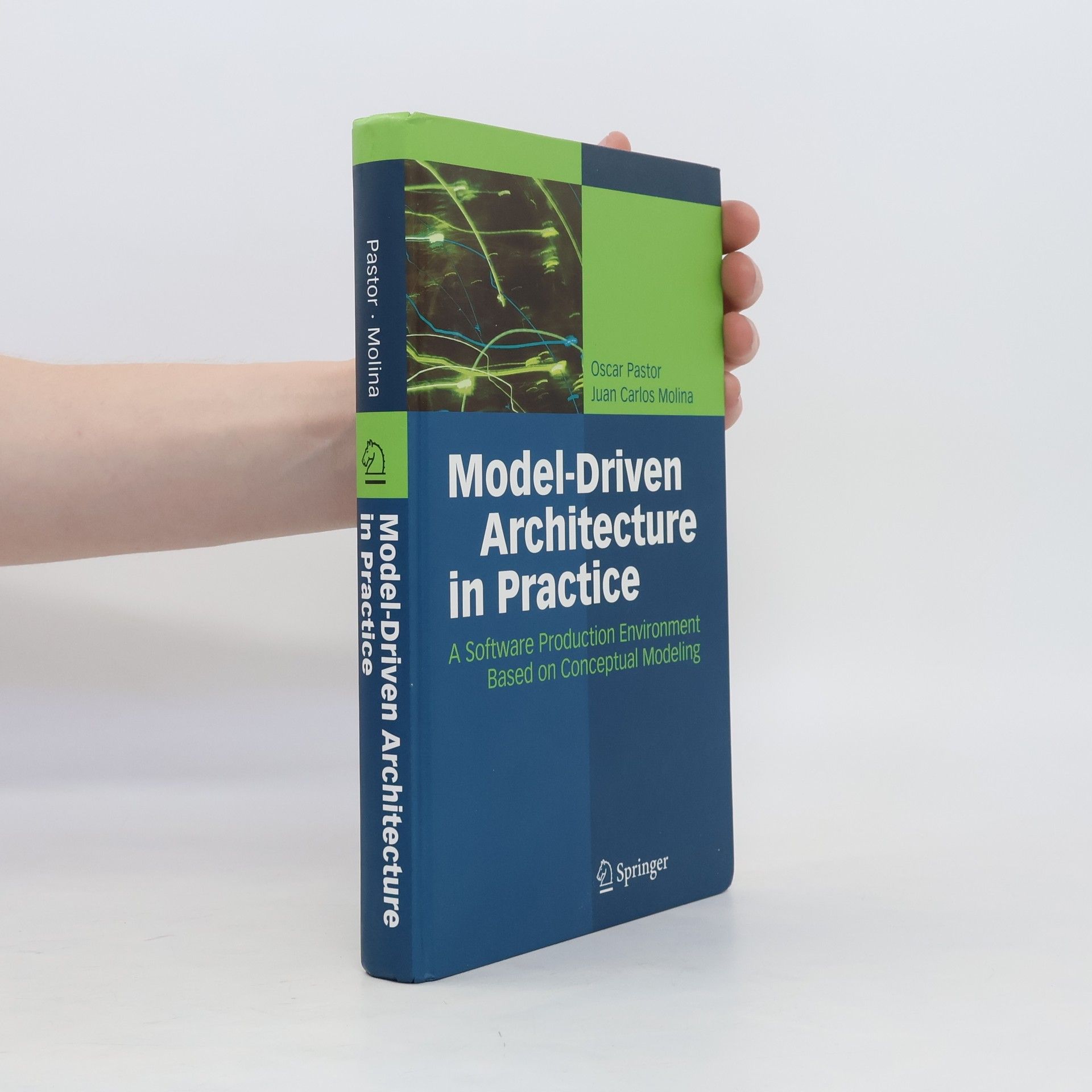Over the past two decades, various techniques have emerged from both research and industry aimed at producing correct software from higher-level system specifications. However, numerous failures have led to skepticism regarding new proposals that promise a simple "press the button, get all the code" solution. The recent excitement surrounding OMG’s MDA has renewed interest in these strategies. Oscar Pastor and Juan Carlos Molina leverage over a decade of research and practical software development experience to present a model transformation-based software process. They assert that "the model is the code," challenging the traditional notion that "the code is the model." The authors detail the essential conceptual primitives necessary for system specifications, guide readers on using UML to represent these constructs, and outline how to identify the diagrams and modeling elements needed for a meaningful conceptual schema. Additionally, they explain the transformation process between the problem space and the solution space. Their method is supported by commercially available tools, resulting in a software production process that is significantly more efficient than conventional methods, saving considerable time and effort. This resource is invaluable for software developers, architects, project managers, and quality assurance professionals looking to implement MDA in industrial practice.
Oscar Pastor Knihy
